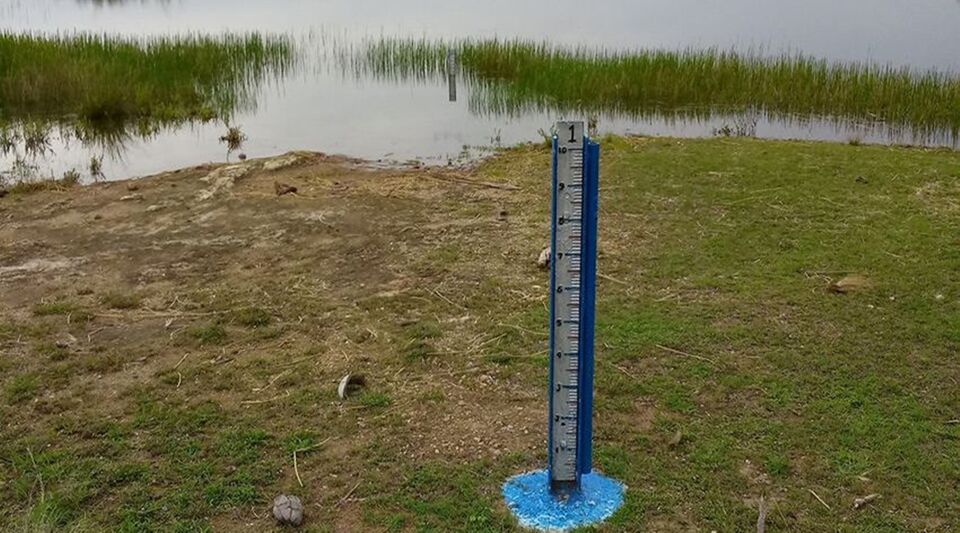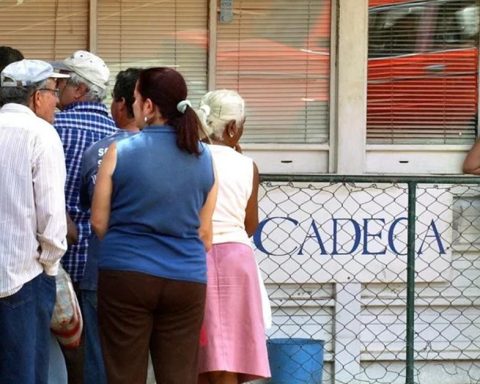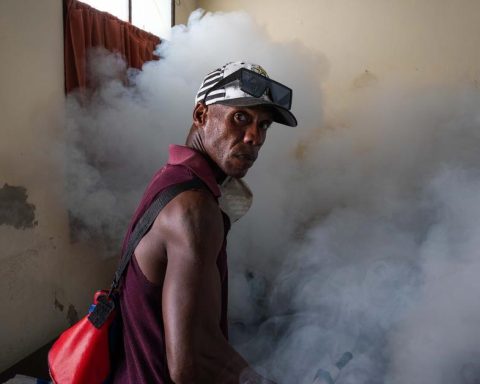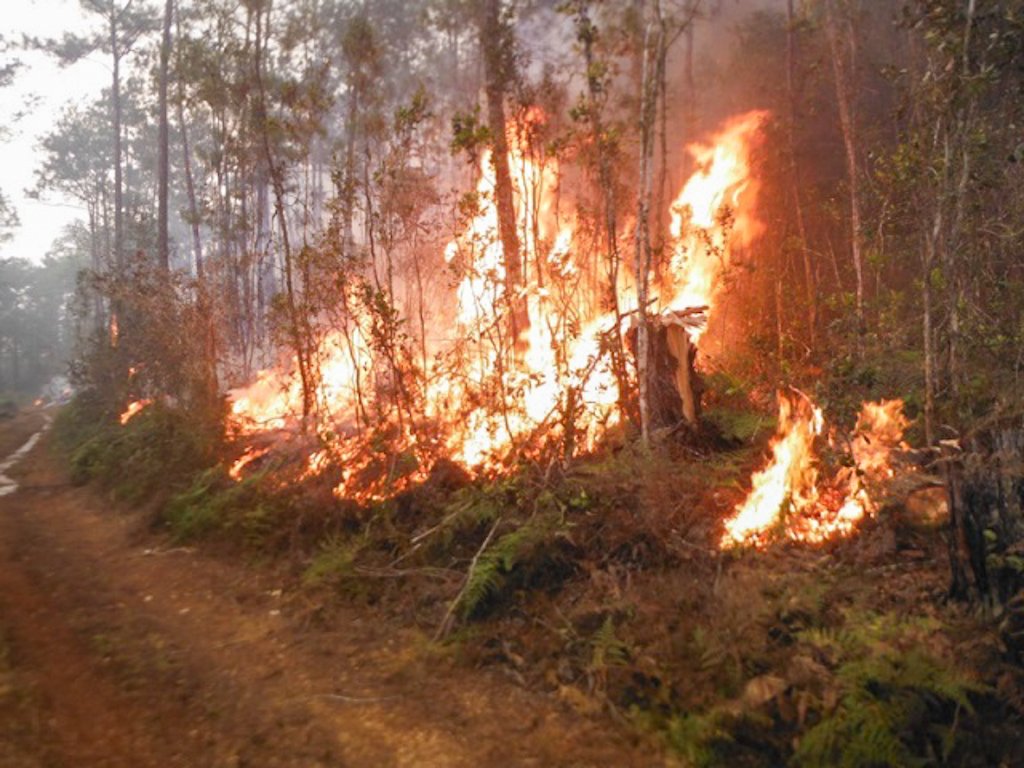The drought in the province of Las Tunas, which last year caused the death of 4,400 head of cattle, will not let up in 2023, with the reservoirs reduced to a third of their capacity.
The latest bulletin from the National Institute of Hydraulic Resources (INRH) indicates that the 23 reservoirs under its administration in this eastern province accumulate 106 million cubic meters of water, equivalent to 30% of its filling capacity. These results indicate the “obligation to prioritize this natural resource fundamentally for the consumption of the population,” adds the pro-government newspaper 26which the report cites.
The low accumulation of water is mainly due to a drastic reduction in rainfall, which at the end of January barely reached 6.8 millimeters (mm), well below the historical average for that month, of 30.3 mm. The outlook for the coming months is not perceived as encouraging for the families of Las Tunas, especially due to evaporation in the dams and a greater demand due to the increase in temperatures, at least until winter begins between May and October, warns the provincial newspaper.
The low accumulation of water is mainly due to a drastic reduction in rainfall, which at the end of January barely reached 6.8 millimeters
The drought was one of the factors that prevented the development of the agricultural sector in 2022 and pushed the death of cattle due to “mismanagement and insufficient availability of water and food”assured at the beginning of January Manuel Pérez Gallego, member of the Central Committee and first secretary of the Communist Party in Las Tunas.
The municipalities most affected by the shortage of water reserves are Jobabo, with barely 8% storage, as well as Puerto Padre with 12%, Jesús Menéndez with 18%, Colombia with 32%, Las Tunas 33%, Manatí 42%. and Majibacoa 59%, while Amancio has the least alarming figure, with 74%.
newspaper 26 He pointed out that the insufficient amount of water has made it necessary to toughen the “saving” measures in consumption. One of the most rigorous was applied to the Juan Sáez dam, the one with the largest storage capacity, which had to restrict the supply for customers in the sugar and agricultural sector.
In the same way, the supply has been limited in the regions of Jobabito, Bartle and Bejuco, and also those of the main municipality of the province, whose homes will be served through pipes on Thursdays, Fridays and Saturdays. The newspaper also asks the population to “extreme measures” in the consumption of homes, schools and workplaces.
Cuba suffers more and more prolonged and continuous droughts, a phenomenon that last year left consequences in the production of the province of Villa Clara, where, according to the official press, also Nearly 22,000 cows died due to lack of water, food and medicines.
________________________
Collaborate with our work:
The team of 14ymedio He is committed to doing serious journalism that reflects the reality of deep Cuba. Thank you for accompanying us on this long road. We invite you to continue supporting us, but this time becoming a member of our newspaper. Together we can continue transforming journalism in Cuba.

















